
Final Fantasy VII is being remade in episodes, and we have to accept that now. Thankfully, Square Enix has a plan for this revision of one of their most important games and a window for each installment. Rebirth (part 2) is due next month and Reborn (tentatively titled) is expected to be released between 2025 and 2026.
Final Fantasy VII Remake wasn’t without its issues; the story was artificially expanded to justify an entire RPG’s worth of gameplay in one town, but it still was an impressive action RPG that dazzled with its impeccable production values. Even if you didn’t like the changes, there was still a lot to like and fun to be had.
Previously, our scientists at Niche Gamer explored five things that nobody wanted to see in the next installments of the Final Fantasy VII Remake project. Amusingly, some of the worst possibilities became a reality (Cid no longer smokes), but what about features we do want to see? Here is a list of six features that could potentially swing over any skeptics into being a Remake faithful.
1. Expanded and Deeper Mini-games
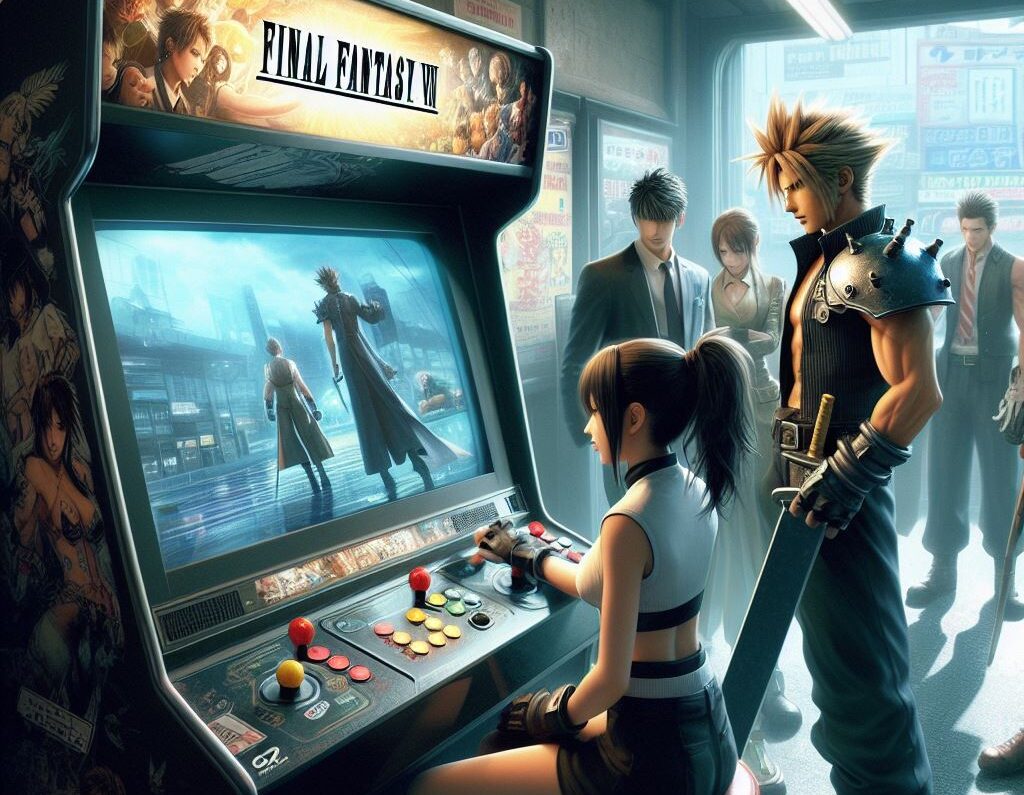
The real Final Fantasy VII was an epic RPG that was stuffed with amusing minigames to help break up the experience. This was important because the core gameplay was primarily exploring, random battles, and reading. The minigames mixed things up and could be almost anything from submarine battles, chocobo racing, snowboarding, CPR, or even an elaborate RTS tower defense game.
Episode: INTERmission showed promise by dramatically expanding the scope and depth of the Fort Condor tower defense minigame. This was a huge improvement over the original iteration. Given that much of the story post-Midgar features more minigames, it would be great to see the same level of depth and scope applied to the rest of them and include new ones.

Gold Saucer is a resort theme park built on top of a prison and in the original, gamers could participate in a bulk of the minigames concentrated in one location. Trailers for Rebirth indicate that some of the old minigames have been improved and enhanced like the rock, paper, scissors fighting game appears to be a full-fledged boxing game with low poly fighters, based on the original models from 1997.
This approach is a step in the right direction. However, there are some ways it can be taken even further, like including fully playable arcade cabinets that run PlayStation emulations of Einhänder and Chocobo Racing. This is something that the Like A Dragon games have been doing for decades, so why not Final Fantasy VII‘s remakes? Minigames are such an important aspect of Final Fantasy‘s identity and Rebirth is seemingly on the right track, unlike some games.
2. Fishing

I know what you’re thinking: “Shouldn’t fishing be lumped in with the minigames?” You just hold on to your chocobos, cowboy, because there is nothing mini about fishing. It’s a way of life and is the one thing that saved Final Fantasy XV from being a complete waste.
Square Enix already has a ton of excellent fish models and rods, and they even have the perfect gameplay system designed to facilitate the greatest mini-game of all time for parts 2 or 3. It’s all assets from XV and it would make perfect sense to bring it over to VII‘s setting since it is set in a vast and sprawling world full of idyllic fishing spots.
I don’t care if Meteor is gonna wipe out the planet in a few weeks, I would take the time to chill out ice-fishing at the cozy Icicle Inn or fly-fishing off the coast of Costa Del Sol. The visual of casting a line with the impending doom of a space rock in the horizon’s sky would be unbelievably atmospheric.
3. Body Horror
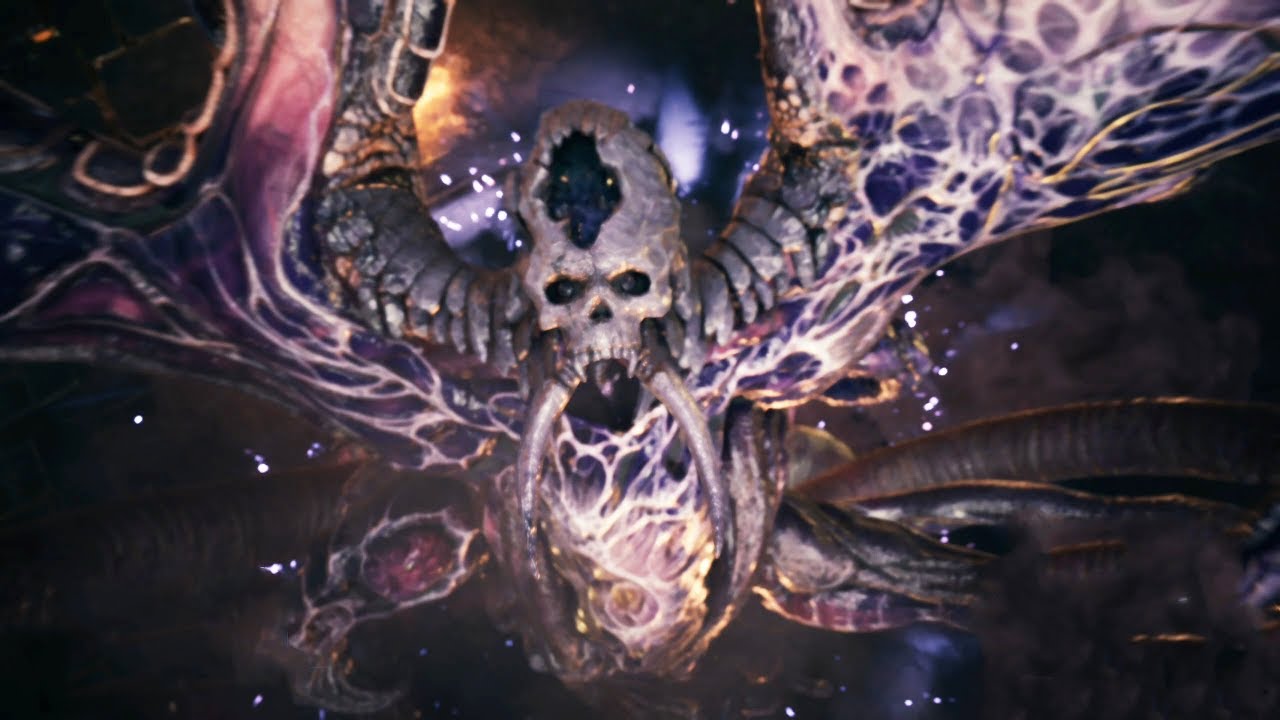
If there is one aspect about Final Fantasy VII that most of its fans fail to recognize is that it has always been secretly a horror game. Throughout the game, players encounter nightmarish scenes straight out of body horror films. Grotesque creatures like Jenova’s mutated forms and the experiments in Shinra Mansion lurk in the shadows, while the cloaked figures act like mindless zombies that reoccur throughout the narrative. The original game was steeped in nightmarish scenes where characters face abominations that wouldn’t be out of place in Resident Evil or the film Akira.
The atmosphere becomes foreboding and tense when Cloud and the gang encounter a dead crewman who falls over in a freighter full of bodies and Sephiroth finally reveals himself after hours of build-up. The battle that follows isn’t an epic sword fight, but with a strange piece of flesh that transforms into a creature straight out of John Carpenter’s The Thing.
The ever-present threat of succumbing to a monstrous transformation looms over Cloud as he faces mind control and the near-tragedy of harming his friends within the City of the Ancients. Vincent, himself a victim of horrifying experiments, wields the power to transform at will, a stark reminder of the fragility of humanity. As Meteor’s descent nears, the world map’s once-familiar music twists into a haunting, discordant dirge, echoing the hopelessness and impending doom that threatens to engulf the planet.
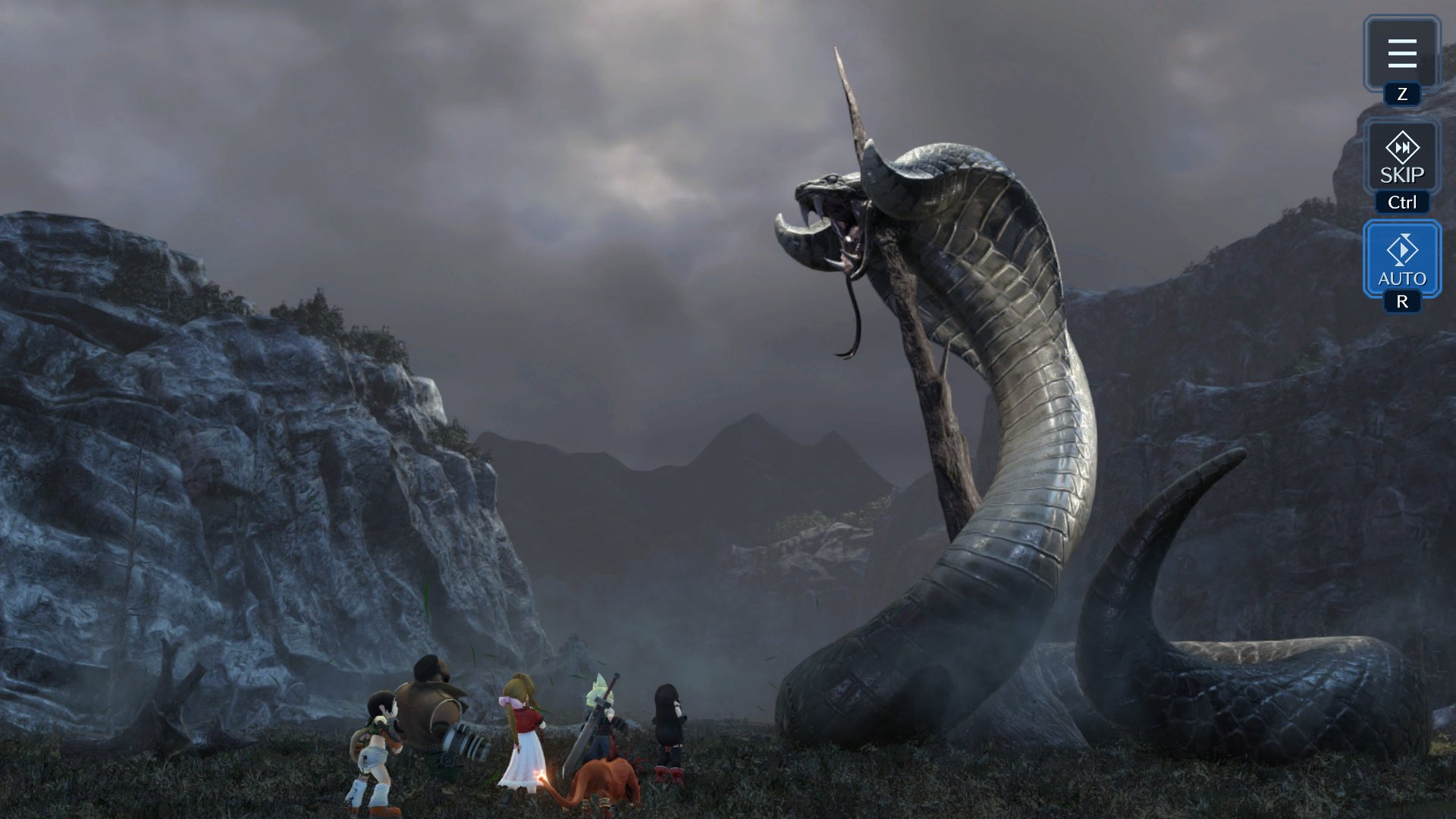
Countless other moments brush against the precipice of cosmic dread, like Sephiroth’s chilling whispers of despair and the looming fate of Aerith. However, Part 1 of the Remake stumbles in capturing this element, particularly with the Shinra President’s murder. Where the original bathed in unsettling trails of blood and a sword in his back, delivering a raw visceral reaction to the player.
The Remake prioritizes action and Barret’s vendetta, diluting the existential horror and emotional impact. Hopefully, parts 2 and 3 will remember that a lot of the strength of the story was expressed through these moments when Final Fantasy VII indulged in creepy ambiance and unsettling imagery. The hope is that Rebirth will capture that sense of terror and build upon it.
4. Let players control other party members out of battle
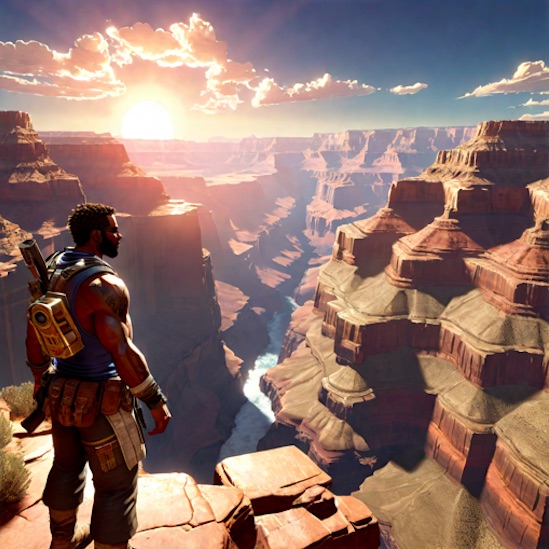
Final Fantasy VII Remake offered tantalizing glimpses of controlling other characters outside of battle, but these moments were fleeting and dictated by the director, leaving players yearning for more. Staring at Cloud’s imposing Buster Sword becomes tedious after a while, especially when compared to the potential of exploring Cosmo Canyon as Aerith, scaring locals with Barret’s gruff charisma, or navigating rooftop challenges with Yuffie’s acrobatic finesse.
Beyond the novelty, restricting player agency hinders the development of these beloved characters and weakens the narrative focus on Cloud’s journey. The Remake’s combat shines with its diverse party dynamics, so why not extend that potential to exploration and world interaction? Part 1 barely touches on this when players are allowed to shoot up hallways as Barret and clamber lattices as Tifa. Rebirth and Part 3 should expand upon this and allow players to freely explore as any party member at will and not be limited to just Cloud.
5. Tiny Bronco and the Highwind
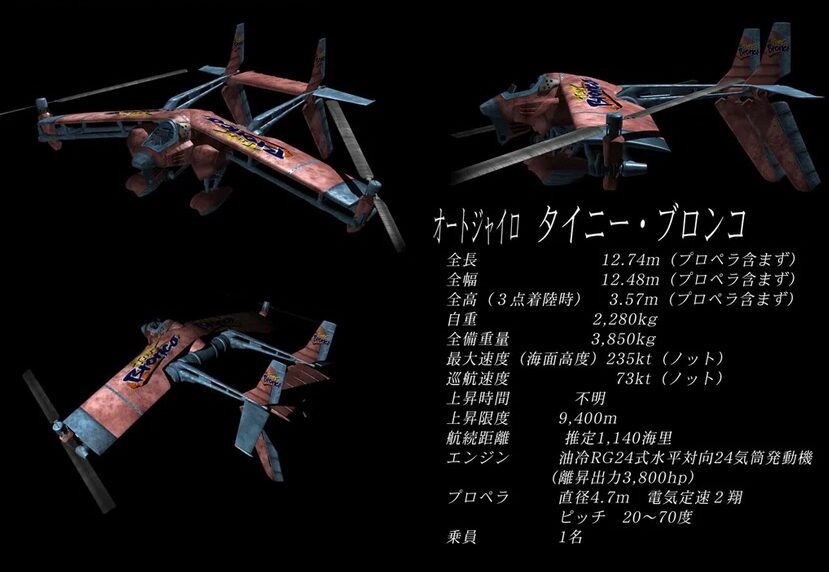
There is no question about it: world maps in Final Fantasy games are likely never to return since modern titles favor interconnected/open worlds. This shift, however, has come at a cost: the thrilling thrill of soaring through the skies in airships and flying machines. The Final Fantasy VII Remake series could potentially reignite that magic with the return of Rocket Town and its iconic Tiny Bronco and Highwind.
The Tiny Bronco is a hybrid plane-boat that offers a glimmer of hope for players yearning to reclaim the skies, or rather, the seas. Imagine navigating the vast ocean in this quirky contraption, discovering hidden islands teeming with secrets, completing nautical side quests, or facing off against monstrous aquatic creatures. The potential for exploration and adventure is endless, and the prospect of finally getting behind the wheel (or rudder?) of the Tiny Bronco is enough to make any Final Fantasy fan giddy with anticipation.

This was always going to be the big one. The legendary Highwind might not grace the skies in Rebirth, but its potential arrival in Part 3 carries immense weight for many fans. If we finally take the wheel of this iconic airship, soaring across continents in its majestic wake, it could be Square Enix’s chance to truly vindicate the episodic structure of the remake.
Traversing the skies and discovering hidden secrets at the helm of this beloved vessel, is a tangible reward for the patience and anticipation we’ve endured. Being able to fly anywhere on a convincing scale of the world and landing it in a grassy field is something Final Fantasy hasn’t done yet. The experience could not only showcase the epic scale and richness that justifies splitting the narrative but also demonstrate how the episodic format allows developers enough time and resources to realize such an ambitious undertaking.
Square Enix failed to deliver this dream in Final Fantasy XV with Noctis’ lame flying car. Getting the Highwind in Final Fantasy VII signified how far the party had come and become a mobile base of operations. Not recreating that in the remake’s scale with modern technology will be the biggest regret if they don’t follow through.
6. Red XIII passing as human
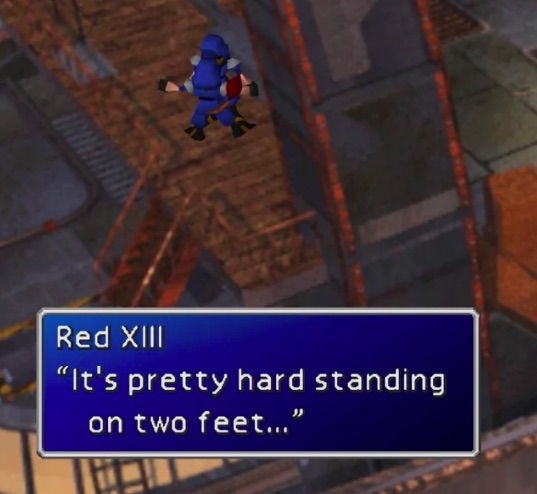
This was always going to be something that seemed like Square Enix might get cold feet about because it’s so absurd and comical. Red XIII, wearing a sailor’s uniform, standing on his hind legs and passing as a human on a ship full of Shinra officers and nobody questions it. Not a single eyebrow rises among the clueless officers.
In Rebirth, this could be taken further for hilarious effects, like a Shinra goon patting him on the head, praising his exceptional knot-tying skills. Just look at this little dude trying his hardest to pass… Hopefully, Square Enix won’t try to downplay the humor of this memorable sequence and will try to make it funnier.
These were only six ideas we hope get realized in Parts 2 and 3 of the Final Fantasy VII remake. Some of these seem feasible and some are unlikely, but hopefully, the games will be fun despite any perceived shortcomings.
Final Fantasy VII Rebirth is set to launch on February 29th, 2024, for PS5.